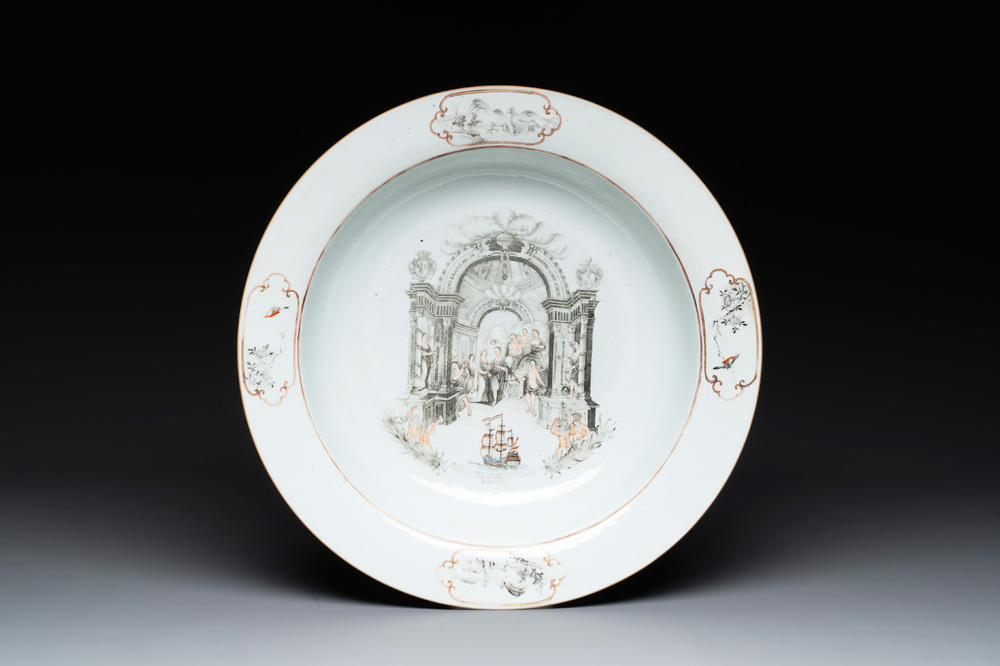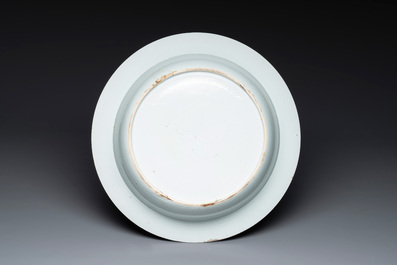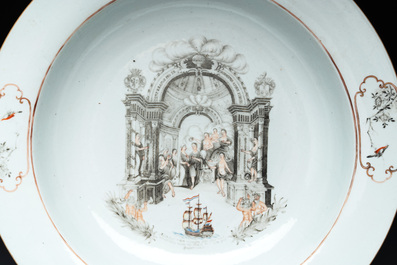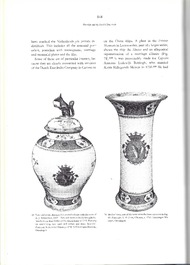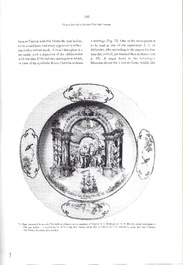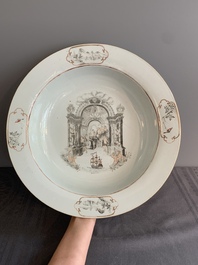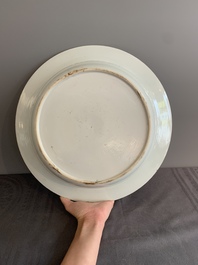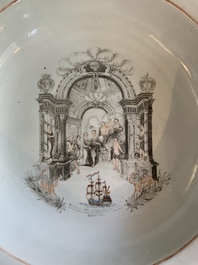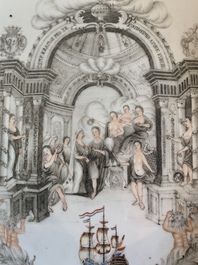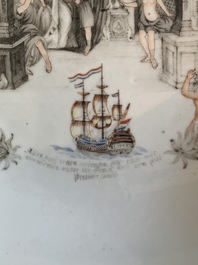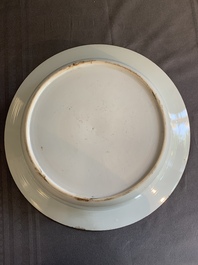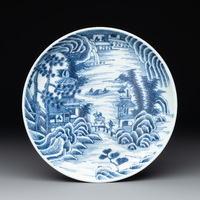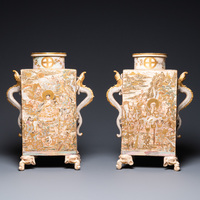We have to double-check your registration and make sure this is not an automated entry in our system. Please complete the test below...
An extremely rare and large Chinese export porcelain European subject grisaille and gilt decorated 'marriage' basin, Qianlong, ca. 1750
Dia.: 38,5 cm
Ref.:
- The British Museum, UK, registration no. Franks.591 for a similar, smaller plate. (link)
- Rijksmuseum, Netherlands, registration no. AK-NM-13514 for a similar, smaller plate. (link)
- The Victoria and Albert Museum, UK, registration no. C.572-1925 for a plaque with the same scene of a marriage, dated May 25, 1741. (link)
- 'Porcelain and the Dutch China Trade' by C. J. A. Jorg, p. 144-145, fig. 71, for a smaller example from the same service. (see scan)
A basin of this size is very exceptional and extremely rare. It is grisaille-and-gold painted with a classical marriage scene and Dutch coats of arms. The ship depicted in the central scene is The East Indiaman Slooten, which was in Canton in 1749. This indicates that this service was more than likely commissioned by Annaeus Lodewijk Bettingh, first captain or master of the ship, and shows the marriage between him and A.H. Meyers in 1750, both their coats of arms represented in the scene.
The scene shows the classical marriage scene full of emblems of love and marriage, the bride and groom in a domed columned interior beside an altar with two perched loving doves. In the clouds above the altar, holding a heart, is Juno, the mother goddess and wife of the highest Roman god, Jupiter, accompanied by a peacock. Crowning the groom is Venus, the Roman goddess of love, and the cherub represents Cupid, her male counterpart. In the foreground Neptune and sea nymphs emerge from among rushes. The arched entrance is superscribed with the Latin vow 'SEMPER AMOR PRO TE FIRMISSIMUS ATQUE FIDELIS' ("my love for you will always be steadfast and true"). The pillars on either side are supporting the two coats of arms. Behind the pillars is a figure holding a mirror on the left and one with a fruit basket and wheat sheaves on the right. The mirror represents truth and the fruit fertility.
The scene could be based on the original engraving by Guillaume-François-Laurent Debrie, 1729, as noted on the poem and drama for the wedding of Levi Oppenheim and Rebeccah Cohen by David Franco Mendes, Amsterdam, 1789 (see scan, courtesy of Ets Haim Manuscripts, link, research by Mr. Laurenz Loose).
All known plates with his design were made for the Dutch market and bear Dutch arms (ibid., p. 204). Similar plates with different arms are in the Rijksmuseum, Amsterdam, Netherlands (Lunsingh Scheurleer, 1974, no. 284); and in the Mottahedeh collection (Howard and Ayers, 1978, vol. II, no. 391); and a large serving plate is in the Victoria and Albert Museum, London (Clunas, 1987, pl. 49). (Source: The British Museum)
